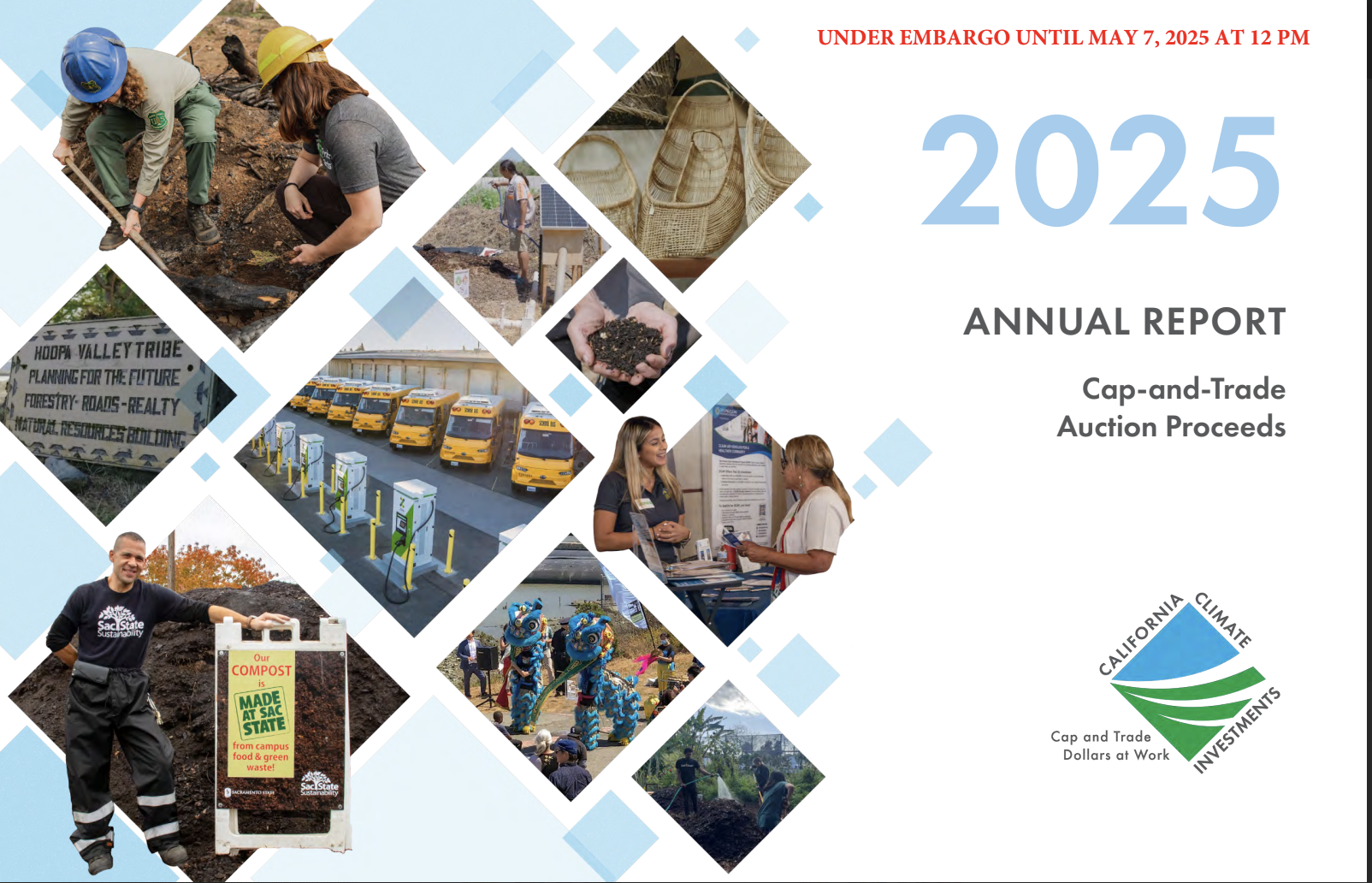
Even as the state begins backpedaling on the need to continually widen highways and increase traffic capacity, a political flareup in San Bernardino highlights just how hard it can be to advance sane transportation policy at a statewide level in a place as big as California.
Led by former candidate for Fontana City Council Tressy Capps and a YouTube video maker identified online and in person as "Grindal61," a movement is growing to fight against two proposed highway expansion projects in the Inland Empire. One is a thirty-mile expansion project on the I-10. The other is a 35-mile one on the I-15.
No, these patriots are not manning the walls to protest the lunacy of expanding highways at the same time the state is trying to reduce greenhouse gas emissions. They are fighting because the San Bernardino Association of Governments (SANBAG), who oversees the projects, is considering making the new highway lanes variable toll lanes with the final price determined by the number of people in the car and the time of day. Last week, the group stormed a SANBAG meeting to voice their displeasure.
The benefits of using variable tolls to help fund a project and cover future maintenance costs is two-fold. First, by charging drivers who use the roads the cost of using the road, the rest of us aren't paying taxes to maintain highways we never use. And by varying the toll price to make certain that a faster ride is guaranteed in the toll lane, the lane is basically congestion free forever, which reduces the impact of induced demand from added capacity.
While no decision has been made on whether or not to proceed with the construction or the tolling, "Toll Free IE" stormed recent public meetings and planted a flag against any consideration of even studying tolling. Earlier this week, the group forced an item supporting State Senate Bill 941 to be pulled from the agenda. S.B. 941 would allow SANBAG to operate toll facilities on the I-10 and I-15 with the consent of the neighboring counties, in this case Riverside and Los Angeles County.
Even as they rail against the proposed HOT Lanes, the group makes clear they have no issue with new highway projects--just ones that have a toll attached to them. In fact, any project that is designed to lessen automobile dependency is an infringement that cannot be tolerated.
"We know exactly what you are trying to do," Grindal61 thundered at the end of an epic rant in front of SANBAG. "This is not about access, this is about getting us all out of our cars. Shame on all of you."
Consider the irony: the rise of the Tea Party against toll lane projects could be a good sign for progressive transportation projects. Without the funds generated by tolls, it is unlikely that SANBAG could afford either of these new freeway projects, which would add over 130 lane miles to the already sprawling Inland Empire. Raising a political movement against toll lanes may just be the tipping point needed to stop highway expansion throughout the state.
The case against more freeways was made recently in the Victorville Daily Press, by editor Steve Hunt. Hunt, who is hardly a booster for progressive transportation, makes the point that the highway expansions are for traffic that is projected to be created by future developments, not current traffic. He favors a no-build option over adding costly freeways now for traffic that may never come.
Now if it were me, I'd choose the no-build option. I'd wait to see how many more people move up to the High Desert, how much worse traffic gets after the Devore Interchange Project is complete and then rely on our elected leaders to demand our fair share of all transportation-related tax money to pay for further expansion and/or improvements. After all, isn't that what we pay our elected leaders to do, advocate on our behalf?
Given the historical error of assuming traffic growth is never ending, Hunt may be right. And if those two highways are not expanded as a result of the actions of Toll Free IE, we may all have reason to thank the Tea Party for fulfilling its core mission. After all, I can think of few things that better exemplify wasteful government spending than a highway expansion project in the sprawling Inland Empire.




